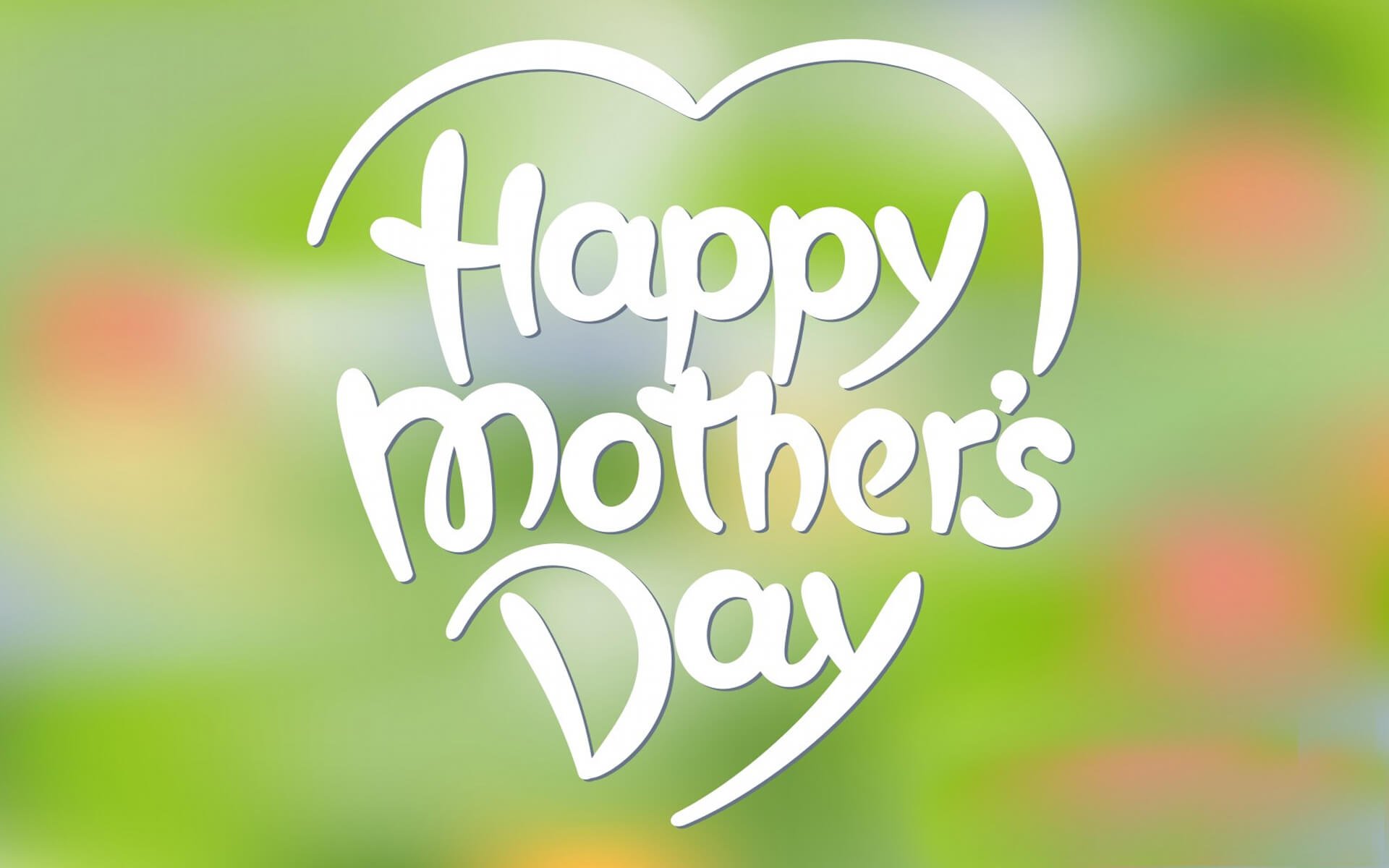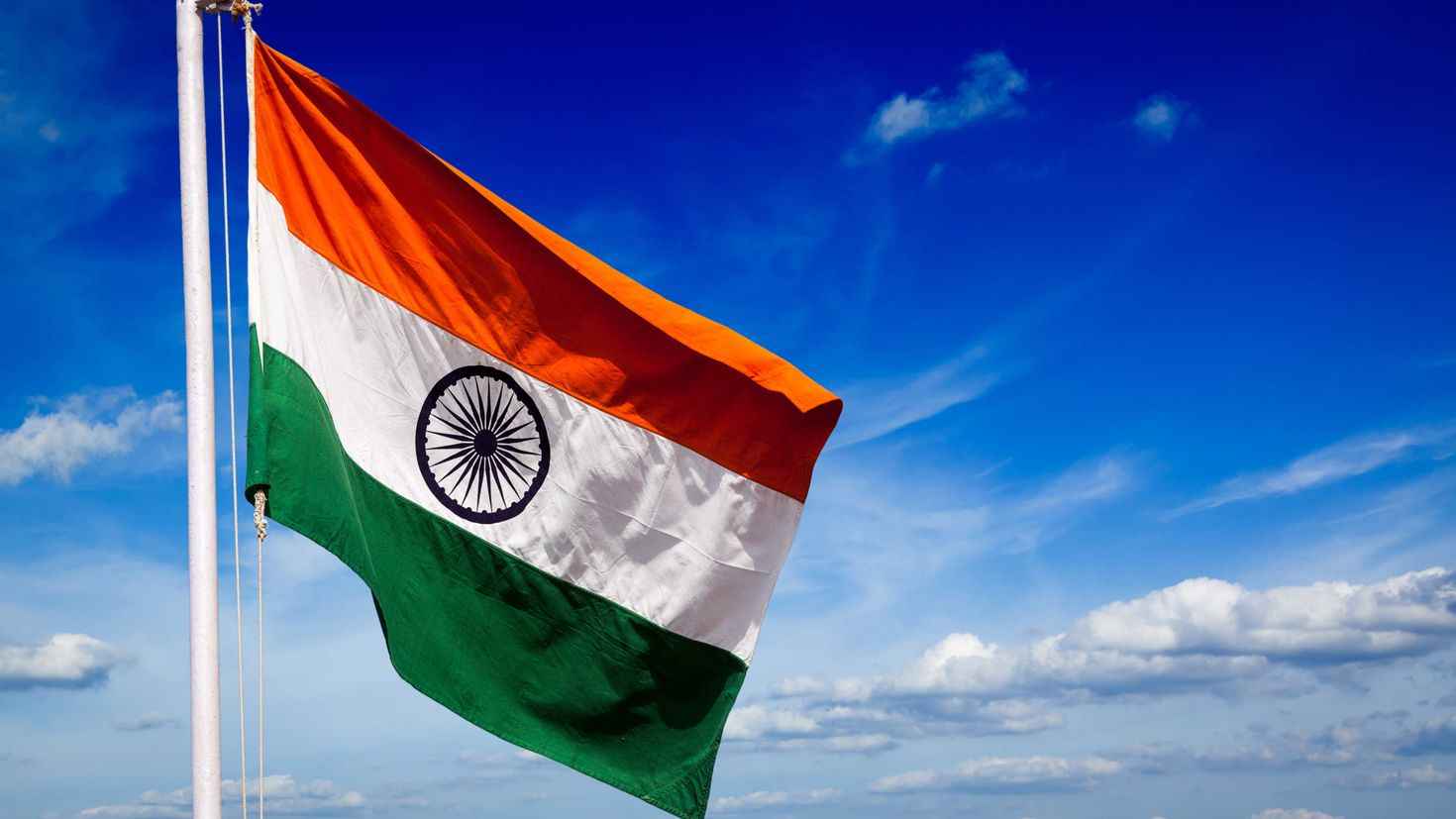The Beauty of Mother’s Day
The Origins of International Women’s Day
International Women’s Day (IWD) has a fascinating history that dates back over a century. Let’s explore its origins and the remarkable journey that led to its global recognition.
- Early Beginnings:
- In 1909, in New York City, a prophetic focus on women’s rights emerged. A legend tells of women garment workers protesting on March 8, 1857, demanding better working conditions and the right to vote.
- Inspired by this urban legend, Theresa Malkiel proposed “National Woman’s Day.” German Socialist Luise Zietz suggested an annual Women’s Day, supported by Clara Zetkin and Kate Duncker.
- On March 19, 1911, the first International Women’s Day was officially marked. Over one million people celebrated in Austria, Denmark, Germany, and Switzerland, advocating for suffrage and gender equality.
- Russian Revolution Impact:
- In 1913, Russia recognized IWD, and it played a pivotal role in the Russian Revolution of 1917.
- On March 8 (February 23 in the Gregorian calendar), women in St. Petersburg went on strike for “Bread and Peace,” demanding an end to World War I, Czarism, and food shortages.
- Their actions led to mass strikes, the abdication of Nicholas II, and Russian women gaining the right to vote. IWD became a non-working holiday in Russia.
- Global Spread:
- Initially celebrated in Communist countries, IWD began to spread. China declared March 8th an office “half-day of work” for women in 1949.
- The demand for women’s rights continued to grow, shining a light on poor living conditions for many women.
- In 1967, a new generation of feminists called for equal pay, economic opportunities, legal rights, reproductive rights, and an end to violence against women.
- United Nations Recognition:
- The United Nations started celebrating IWD in 1975 during “International Women’s Year.”
- In 1977, the UN invited members to proclaim March 8th as the UN Day for Women’s Rights and World Peace.
- Today, International Women’s Day is celebrated worldwide, honoring women’s achievements and advocating for gender equality.
In summary, International Women’s Day stands as a testament to the tireless efforts of women and their allies throughout history. It reminds us to continue the fight for equality and justice, ensuring that every woman’s voice is heard and respected.
The Early Years
The first International Women’s Day was celebrated in 1911 across Austria, Denmark, Switzerland, and Germany. It emerged from the labor and suffrage movements, with women demanding better working conditions and the right to vote. Clara Zetkin, a German socialist, proposed the idea during the Second International Socialist Women’s Congress in 1910. Since then, March 8th has been recognized as a day to honor women’s contributions and advocate for their rights.
United Nations Recognition.
- UN Membership:
- The United Nations (UN) is an international organization founded in 1945 after World War II. Its primary goal is to promote peace, security, and cooperation among nations.
- Membership in the UN is open to all peace-loving states that accept the obligations outlined in the UN Charter. These obligations include respecting human rights, maintaining international peace, and adhering to the principles of the UN.
- A country becomes a UN member through a process that involves the General Assembly and the Security Council. The Security Council recommends new members, and the General Assembly makes the final decision.
- Recognition of New States or Governments:
- The recognition of a new state or government is an act that only other states and governments can grant or withhold.
- The UN itself is neither a state nor a government, so it lacks the authority to recognize states or governments.
- However, the UN can admit a new state to its membership or accept the credentials of representatives from a new government.
- The procedure for recognition involves:
- The state submits an application to the UN Secretary-General, formally accepting the obligations under the UN Charter.
- The Security Council reviews the application, and a recommendation for admission requires affirmative votes from at least 9 out of 15 Council members (with no veto from the permanent members).
- If recommended, the General Assembly votes on admission, requiring a two-thirds majority.
- Membership becomes effective upon adoption of the resolution.
- During UN sessions, the credentials of representatives are considered, ensuring they are accredited by the actual government in power.
In summary, the UN plays a crucial role in admitting new states and governments, but recognition itself is a matter handled by other sovereign entities. The UN’s focus lies in promoting global cooperation and maintaining peace.
Origins and Evolution of Mother’s Day
- Ancient Roots and Pagan Celebrations:
- Celebrations honoring mothers and motherhood have ancient roots. In ancient Greece and Rome, festivals were held to honor mother goddesses such as Rhea and Cybele.
- These early civilizations recognized the universal significance of motherhood and celebrated it through various rituals and festivities.
- Christian Tradition: Mothering Sunday:
- The clearest modern precedent for Mother’s Day comes from early Christian traditions.
- The Christian festival known as “Mothering Sunday” was observed in Europe during the Middle Ages. It fell on the fourth Sunday of Lent (approximately three weeks before Easter).
- On this day, people would return to their “mother church” (the main church in their area) for a special service. It became a time to honor both the Virgin Mary (as a spiritual mother) and earthly mothers.
- The focus was on family reunions and expressing gratitude to mothers for their love and care.
-
- In the early 20th century, a woman named Anna Jarvis campaigned for an official holiday to honor mothers. She began this mission in 1905, the year her own mother passed away.
- The first larger-scale celebration of Mother’s Day occurred in 1908 when Anna Jarvis held a public memorial for her mother in her hometown of Grafton, West Virginia.
- Anna Jarvis’s vision emphasized personal reflection, intimate acknowledgment, and acts of kindness. She wanted people to express gratitude to their mothers through handwritten letters and thoughtful gestures.
- President Woodrow Wilson officially proclaimed Mother’s Day a national holiday in 1914, designating the second Sunday in May for its observance.
- This recognition not only honored Anna’s mother but also highlighted the universal impact of mothers on society.
In summary, Mother’s Day has a rich history that combines ancient traditions with modern celebrations. It serves as a beautiful reminder to appreciate and honor the selfless love and sacrifices of mothers worldwide.











